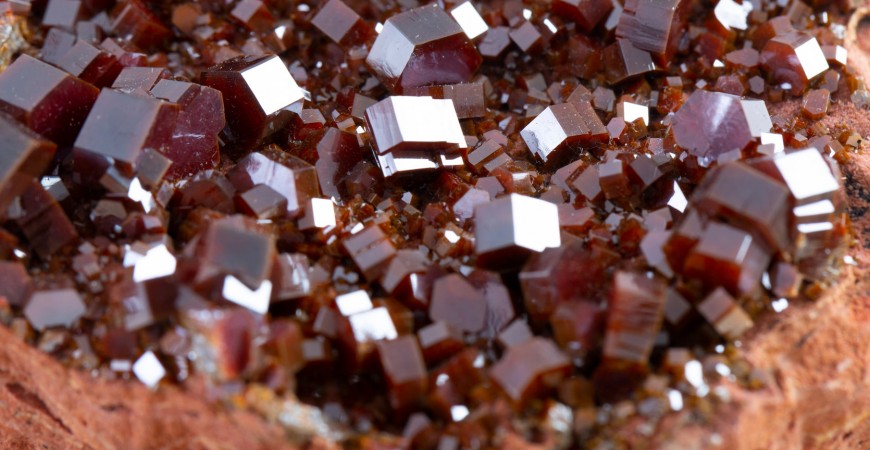Research suggests the global battery energy storage system market will grow from $US4.4 billion in 2022 to $US15.1b by 2027.
It makes sense given our solar and wind renewable energy industry is maturing, and we need sustainable ways to be able to store that energy.
While lithium-ion batteries currently hold the largest share of the battery energy storage system, it’s said an ‘Elon-Musk-style’ moment will come for vanadium redox flow batteries (VRFB) in the next two years.
One of the key players to bring this sustainable technology to Australia is Perth-based VRFB company AVESS, proprietor of world-class technology developed in South Korea.
Next year AVESS is set to launch two batteries for demonstration at an Australian mine site. The demonstration VRFBs will be capable of storing 250kWh of energy, one with 50kW output over 5 hours, and the other with 25kW output over 10 hours.
The batteries can store energy generated from renewable sources to be released as base-load power when required. They are well-suited for solar or wind-connected power systems known as SAPS (stand-alone power systems) in remote areas and can also be grid-connected for ancillary services.
VRFBs are capable of cycling more than 20,000 times over a 20-plus year lifespan with minimal performance degradation. Lithium-ion batteries can expect to see a 50 per cent performance reduction between 500 to 5000 cycles.
And VRFBs are a safer and greener alternative to lithium. Vanadium flow batteries do not contain heavy metals, and the water-based electrolyte is non-flammable and is fully recyclable.
AVESS not only aims to bring the technology to Australia but will implement full scale manufacturing in the country by 2024 in the hope to meet Australian and global battery energy storage demand.
Note, AVESS is a client of ReGen Strategic.
 ReGen Strategic
ReGen Strategic